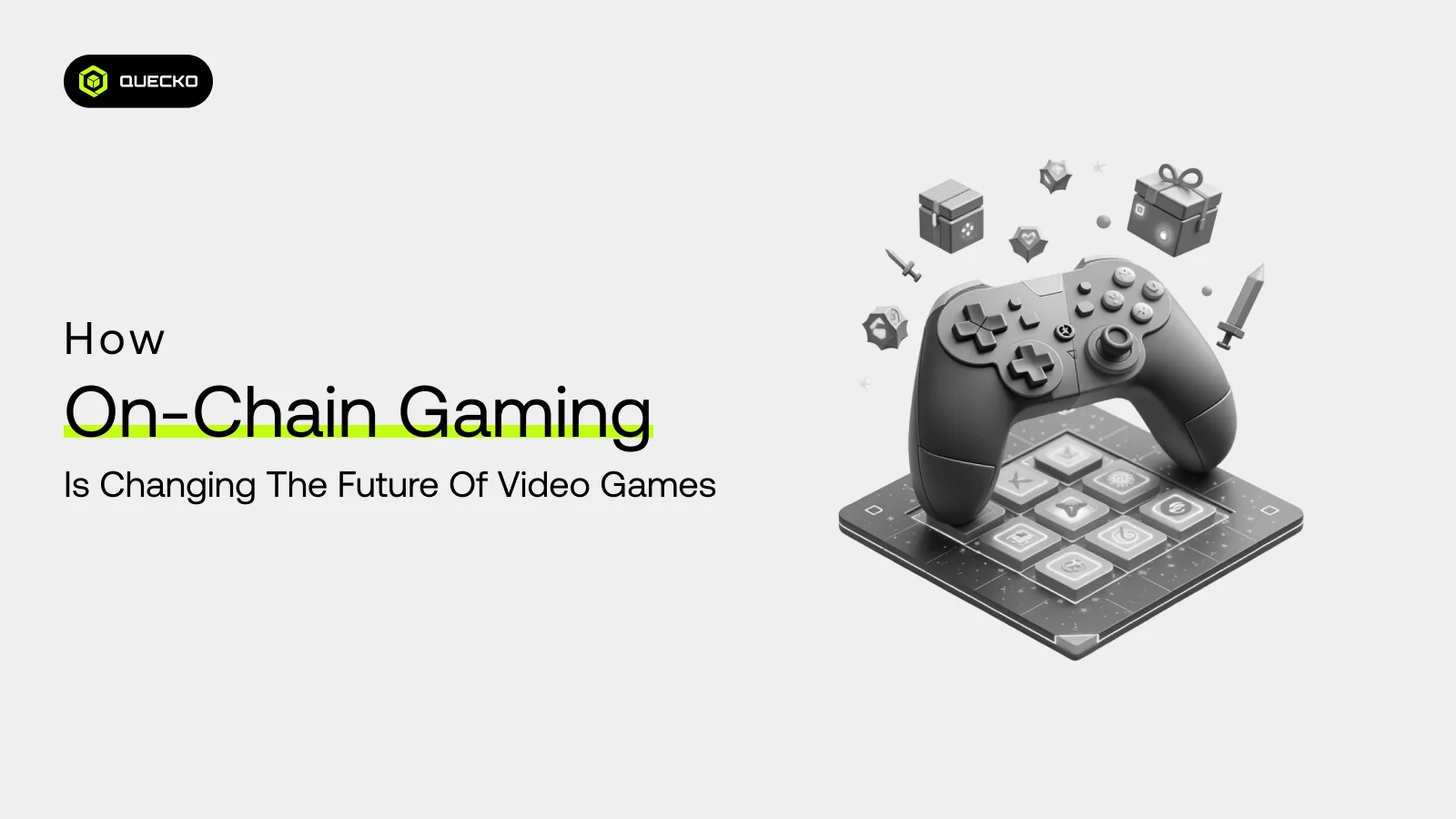The Surprising Way Blockchain is Helping End Poverty
How blockchain empowers the unbanked, reduces poverty, and builds inclusive global financial systems.

Global poverty is a persistent and pervasive problem that has billions of victims and is an accelerator of economic stagnation and social decay. Even after decades of intervention, numerous vulnerable groups are still outside the mainstream financial systems, credit access, and important services. In this regard, blockchain technology can be discussed as a rather unexpected but potent instrument that provides additional opportunities to reduce poverty and foster financial inclusion on a global scale.
This blog post takes a deep dive into the practical impact of blockchain and its use cases, empowering people to gain access to credit, transparent supply chains, and secure financial transactions for the unbanked population. We will also discover the exciting blockchain projects, talk about why this technology threatens the old order of things, and why blockchain can be so transformative in terms of building a more just and inclusive financial ecosystem.
Understanding Blockchain Technology and Its Unique Capabilities
To understand why blockchain can help reduce poverty, one has to grasp the fundamental mechanics of the latter. The blockchain technology is a decentralized ledger technology that documents transactions on a network of nodes and establishes security, transparency, and permanence. Blockchains run on consensus mechanisms, unlike conventional centralized databases, where a transaction is verified and confirmed by a majority.
That decentralization means the information on the blockchain cannot be manipulated and is neither fraudulent nor corrupt, the factors that have undermined confidence and access in the financial systems, especially those operating in underdeveloped or frontier markets. By removing intermediaries and automating trust, blockchain can radically decrease the cost of international payments, leading to dramatic decreases in the speed of cross-border payments.
Moreover, using blockchain, it is possible to issue and use digital currencies, smart contracts, and decentralized apps, which form a new system of financial services, supply chain management, and resource allocation.
The Poverty Problem: Financial Exclusion and Its Consequences
One of the major causes of poverty is being financially excluded. The World Bank estimates that approximately 1.7 billion adult individuals worldwide do not have access to bank accounts. This means that without bank accounts or credit facilities, these people are not able to save their money safely, get loans, and effectively carry out other financial transactions. This marginalization worsens poverty because individuals are confined to informal economies that have minimal growth prospects.
Traditional systems often fail to serve these populations due to:
- High transaction fees and cumbersome paperwork
- Lack of formal identification documents
- Geographical remoteness and infrastructural gaps
- Distrust in banks and government institutions
- Limited financial literacy
Blockchain technology directly addresses many of these barriers, making it an ideal solution for financial inclusion.
How Blockchain Enables Financial Inclusion for the Unbanked
Many people in the world are still outside the formal financial system and have no access to bank accounts, credit, and safe savings facilities. The blockchain technology seeks to provide an effective solution to this gap by offering decentralized and low-cost financial instruments.
Digital Currencies and Access to Credit
Blockchain systems enable the generation and propagation of digital currencies that do not necessarily have to go through established banks. These digital currencies can empower the unbanked people to be able to take part in economic activities using their smartphones or other digital devices.
Furthermore, blockchain supports innovative credit access models. Decentralized finance (DeFi) platforms use smart contracts to automate lending and borrowing processes without intermediaries. This opens access to credit for unbanked populations, who can now secure microloans based on alternative credit scoring models.
Cross-Border Payments and Remittances
A good number of the families that depend on the remittances are low-income families. The current cross-border payment method is fast and expensive, given that it may take several days to effect an international payment, and making an international payment is expensive. Decentralized networks backed by transparent supply chains help blockchain-based solutions save time and cost by dramatic margins.
This saving on transaction costs and speedier transactions directly means that more money will be available to the vulnerable populations, enhancing household incomes and economic strength.
Real-World Blockchain Projects Addressing Poverty
Several pioneering blockchain projects exemplify how the technology is being used to combat poverty effectively.
Community Inclusion Currencies (CICs) and Grassroots Economics
Community Inclusion Currencies are digital tokens designed to circulate within local communities, complementing national currencies and encouraging local trade. These CICs empower communities to maintain economic activity even during financial shocks.
Grassroots Economics is a notable example, implementing CICs pegged to the Kenyan shillings. These tokens circulate through local vendors, enabling access to credit and fostering economic participation among marginalized groups. This approach not only boosts local economies but also promotes gender equality by empowering women entrepreneurs.
Transparent Supply Chains in Agriculture and Fair Trade
The unchangeability of tracking transactions provided by blockchain is impacting the supply chain management, especially in the agriculture sector, which supports millions of smallholder farmers globally. Blockchain can also help in fair trade by bringing transparency in the supply chains, hence curbing the exploitation of the producers by the middlemen, and the producers receive their fair portion of the revenue.
Through blockchain applications, farmers are in a position to demonstrate the origin of their produce and get prompt payments that play a critical role in poverty alleviation and livelihood improvement. The consumer trust also establishes an ethical supply chain and sustainable growth through the establishment of a visible supply chain.
Disbursement of Funds and Social Welfare Programs
The issue that governments and NGOs have to deal with is making sure that the money allocated as aid and social welfare reaches its intended destination. Old systems are usually faced with corruption, incompetence as well and inefficiencies.
The transparent and immutable ledger provided by blockchain technology would allow tracing the flow of funds accurately, preventing their leakage and allowing auditing in real-time. Programs based on blockchain in the delivery of financing can be used to make sure that vulnerable groups obtain direct benefits such as healthcare subsidies, education grants, or emergency aid without having to go through intermediaries that drain the resources.
Blockchain’s Role in Addressing Systemic Issues of Traditional Financial Systems
The conventional financial systems have a lot of inefficiencies, are costly, lack transparency, and low-income and underserved people are disproportionately impacted by these problems. Blockchain technology is set to be the revolutionary technology to address these systemic shortcomings, and it is more accountable, faster, and inclusive.
Overcoming Geographic and Institutional Barriers
Blockchain systems are capable of functioning in regions with a low level of infrastructure development or unstable banking organizations. Mobile-enabled blockchain solutions do not require physical bank branches, and thus, banking can be taken to remote areas.
Governments and financial institutions can increase transparency and accessibility by including blockchain code in bank digitalization efforts. This embeddedness helps in building trust with the unbanked so that they become willing to transact with formal finance.
Lowering Transaction Costs and Fees
One of the biggest hurdles for low-income individuals is the prohibitive cost of financial transactions. Blockchain minimizes transaction fees through automation and peer-to-peer networks, enabling affordable and efficient financial interactions.
Reduced transaction costs translate into higher disposable income for poor households, allowing them to invest in education, health, or small businesses, critical components for escaping poverty.
Cross-Border Payments and International Financial Inclusion
In a world that is progressively becoming interdependent, the freedom to be able to receive and send money internationally is a prerequisite to being part of the economy. However, the conventional cross-border payment systems lack speed, are costly, and are not available to the people who require them the most.
Facilitating International Payments for Frontier Markets
In frontier markets, restrictions on international financial systems are depicted by complexities in regulations and expensive access. Blockchain fills this gap by ensuring cross-border payments are conducted without intermediaries.
The initiatives that focus on cross-border payments have been effective in linking the diaspora communities with their relatives, enabling them to make quick and cheap remittances. This international financial inclusion enhances economic stability among populations considered vulnerable and who rely on remittances.
The Role of the Crypto Market and Crypto For Good Fund
The crypto market is growing, and the money is being invested in projects under the banner of social good. Some funds, such as the Crypto For Good Fund, speed up the application of blockchain to decrease poverty, attain gender equality, and establish communities.
Such funds can give an immediate increase to the application of blockchain technology in underprivileged industries by making moral investments to ensure that monetary innovation benefits those who need it the most.
Gender Equality and Blockchain: Empowering Women through Financial Inclusion
Gender inequality intensifies poverty, particularly in developing countries where women tend to be more disadvantaged in access to financial services. Explicitly designed blockchain applications to coincide in promoting gender equality are empowering women by providing them with access to credit, savings systems, and secure digital identities.
Fair trade certification and transparent supply chains allow women entrepreneurs to make a more active contribution to the economy. This kind of development is a path to economic independence and improvement of social well-being.
The Challenges Ahead and How to Overcome Them
Despite blockchain’s promise, challenges remain:
- Digital Literacy: Many vulnerable populations lack the skills to use blockchain-based services effectively. Training and education programs are critical for adoption.
- Infrastructure: Reliable internet and mobile access are essential for blockchain to reach remote areas. Investment in digital infrastructure is required.
- Regulatory Uncertainty: Governments must develop clear regulatory frameworks that support innovation while protecting users.
- Integration with Traditional Systems: Blending blockchain with existing financial infrastructure is necessary to ensure wide usability.
Collaborative efforts among governments, the private sector, NGOs, and communities are essential to address these challenges.
Conclusion:
Blockchain technology represents a Paradigm shift in addressing the issue of poverty through designing more inclusive, transparent, and efficient financial systems. Blockchain empowers vulnerable populations in the world through digital currencies, transparent supply chains, community inclusion currencies, and safe release of funds.
Blockchain projects are transforming the economic environment in frontier markets by lowering the cost of transactions, providing access to credit, and making cross-border payments easy. These effects are further reinforced through gender equality efforts and the promotion of funds that are focused on social impact.
Nevertheless, as long as these challenges exist, the further development of the blockchain code, the combination with the bank digital services, and the new financial systems hold the potential of making a world where poverty can be substantially decreased, and possibly eliminated.
Blockchain is no longer a technology of cryptocurrency enthusiasts only; it is becoming an essential technology of social and economic justice, a firmer, more inclusive world to live in by all means.
Date
1 month agoShare on
Related Blogs

How On-Chain Gaming Is Changing the Future of Video Games
1 day ago

Smart Contracts: Use Cases and Future Potential
4 days ago

What Happens When LLMs Trade On-Chain? Autonomous Agents in Crypto
7 days ago

Behind the Gas Fees: What Happens During a Congested Block?
15 days ago








